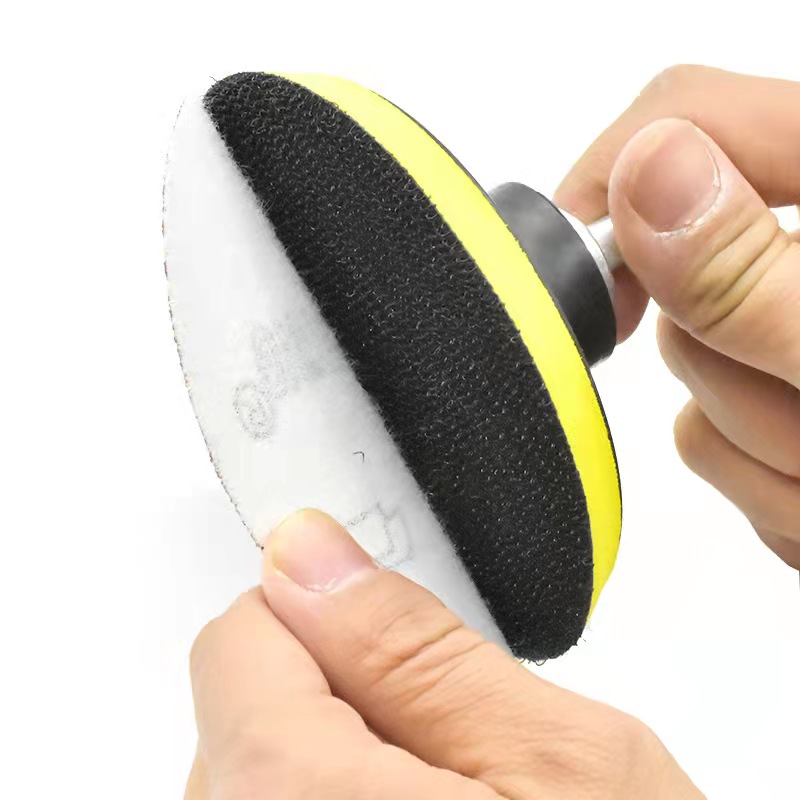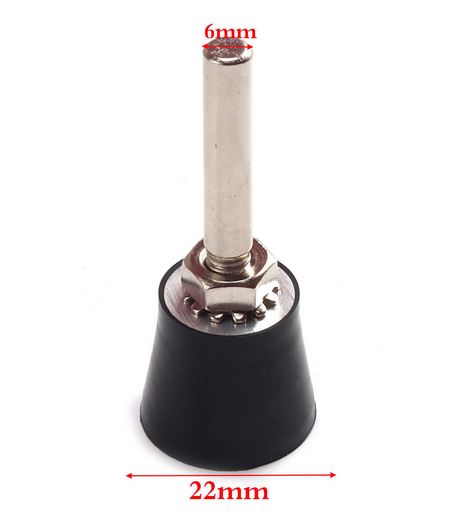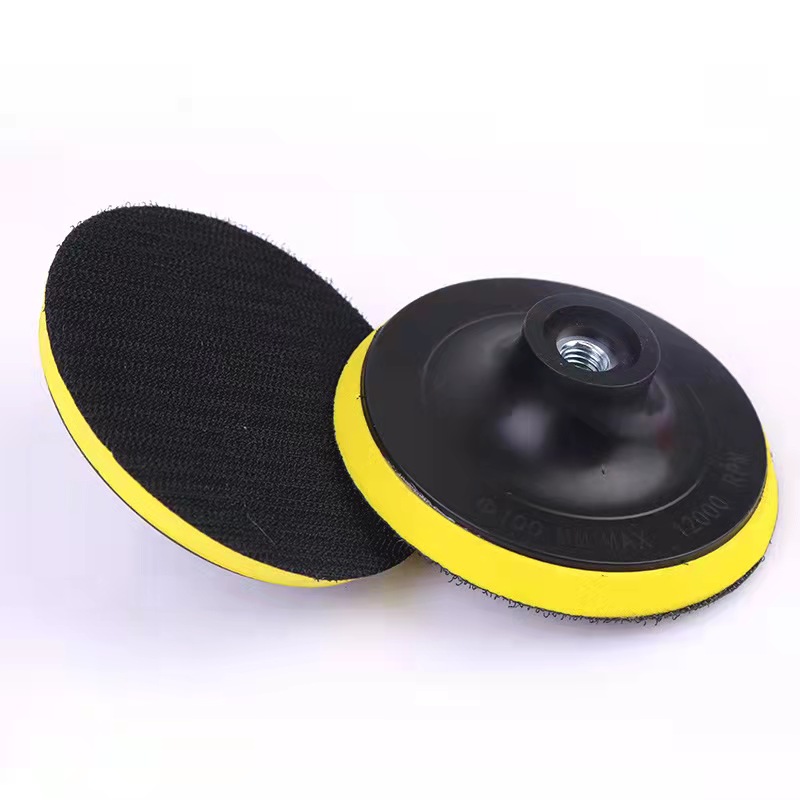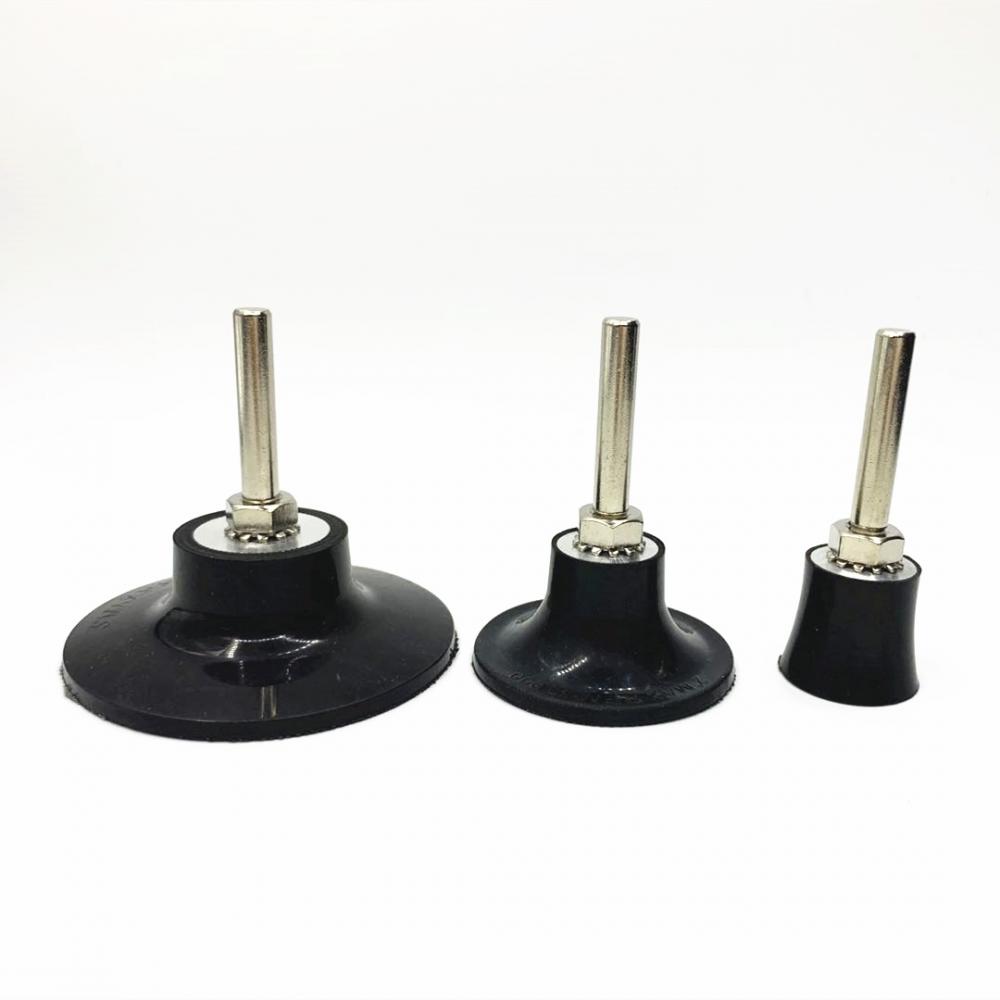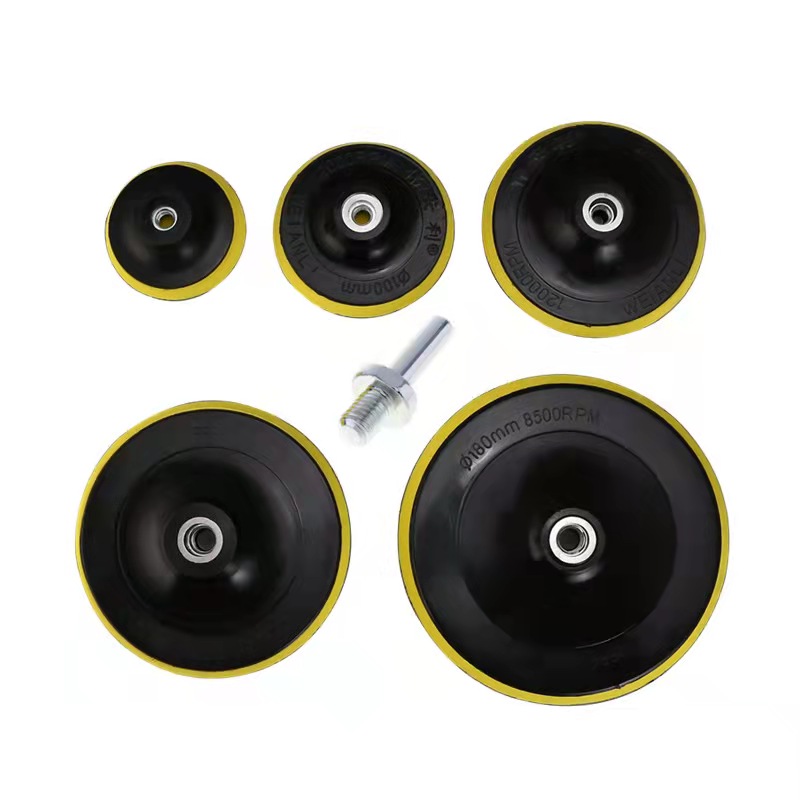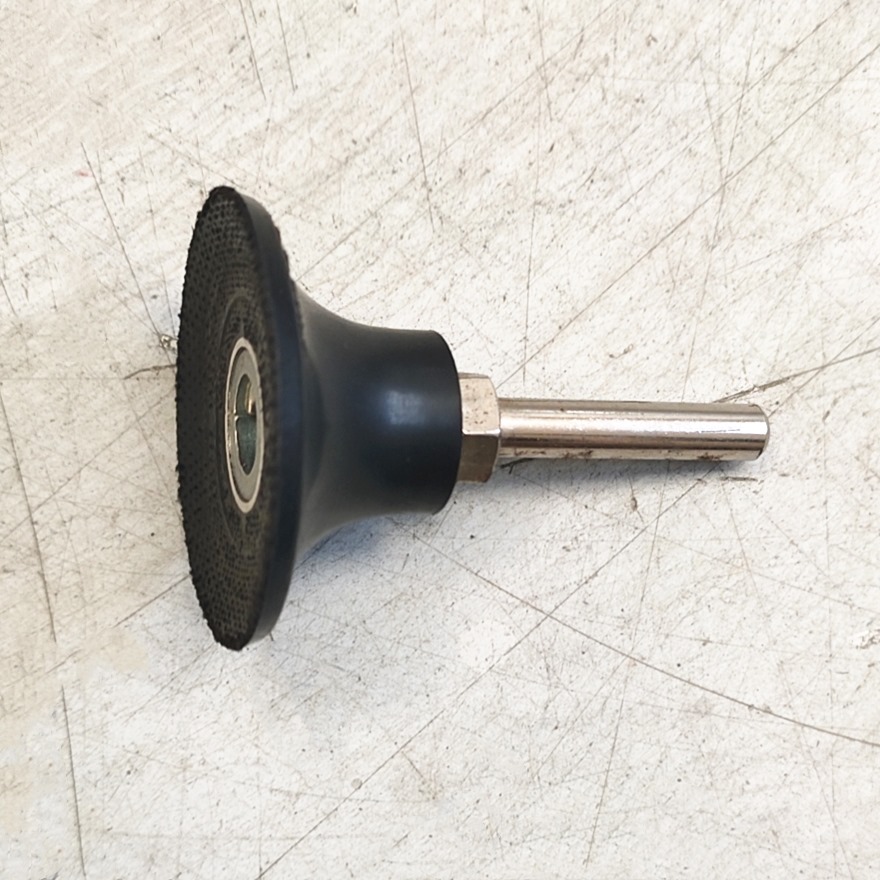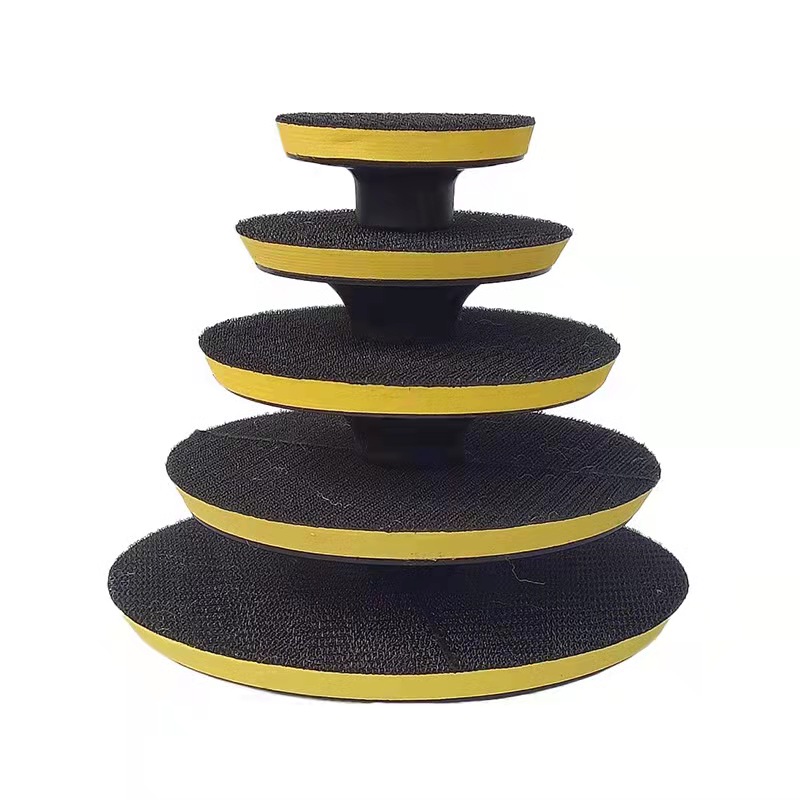When we are outdoors, there will be some diseases. At this time we will need some experience to deal with. Here I will introduce some common disease treatment methods.
Excellent balance: the balance is important when polishing. The
reinforced inner structure keeps the plate stable and smooth. High-quality
material and advanced production technology ensure the pad balance.Resistance to heat, and reducing heat transfer to the paint
surface.The better balanced a backing pad is, the less fatigue you feel
when polishing or waxing car.The Velcro backing has extra gripping power and it is strong.works well and has not shown any sign of wear after about 50
hours of use.Backing pads are Widely used
in grinding and polishing artificial stone, furniture and wood products,
metals, cars and other items.
High Flexible durability,
This Roloc disc back holder is made of reinforced rubber material, longer life
time than other products.Widely used with various types of discs, Mini
flap discs, quick change discs, Surface Conditioning Discs, strip discs and
Roloc bristle discs etc.The 1/4 shank fits drills, air
powered die grinders, and other Power Tools and air tools.Max speed of
30000RPM, full range size of 1in 1.5inch 2in 3inch are available.
We distributes and wholesales various brands of Bonded Abrasives , Abrasive Sanding Disc, Cutting Wheels , Flap Wheels , Flap Disc Backing Pad , Flap Disc Adhesive , and Surface Conditioning Product etc, and enjoy a high position among consumers.
Sanding Disc Backing Pad,Hook And Loop Pad,Disc Pad Holder,Sander Replacement Pad,grinder backing plate Zhengzhou Jiading Abrasive Manufacturing Co.,Ltd , https://www.jd-abrasives.com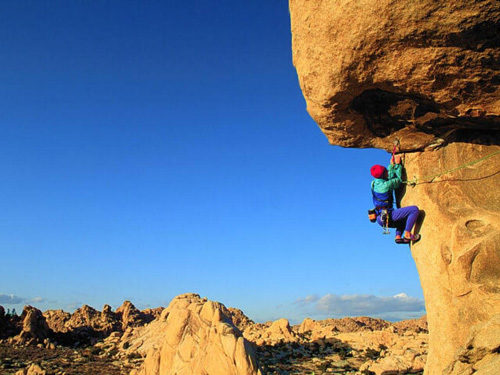
However, some of the diseases that may occur during the mountaineering are not only found in mountainous areas but also in the plains. However, they are commonly seen in mountaineering and are therefore known as common diseases in mountaineering. It includes frostbite, snow blindness, sun dermatitis, oral herpes, upper respiratory tract infections, nosebleeds, gastrointestinal disorders, acne, and the like.
Common disease treatment methods in mountaineering
(1) Alpine Frostbite
Among the common diseases in mountaineering, the incidence of frostbite is high, especially among athletes who participated in the mountain climbing for the first time. The lack of practical experience for novices, coupled with the heightening of the mountain reaction during the first climb, makes it easy to avoid freezing.
Alpine frostbite has a significant relationship with hypoxia. Hypoxia can cause physical weakness, mental decline, and circulatory disturbances in the body, especially on the limbs, so that the ability to resist coldness is greatly reduced. For those with hypoxemic maladaptation, the incidence of frostbite is higher.
Alpine frostbite is also related to altitude. The higher the altitude, the lower the temperature and the higher the wind speed, the higher the incidence of frostbite. The site where frostbite occurred was the largest number of limbs and face.
Alpine frostbite can be divided into 4 degrees: 1 degree lesions in the epidermis, manifested as erythema; 2 degrees of invasion of the dermis, blisters, swelling; 3 degrees of invasive and subcutaneous; 4 degrees of invasive muscles and bones, mainly manifested as necrosis.
Patients with 1 degree and 2 degrees are easy to cure; those with 3 degrees are likely to be cured, and some tissues may also be lost; those with 4 degrees need to lose their frostbite tissue (requires surgical resection).
After the frostbite, it should be treated at the base camp for a period of time. Do not send it too quickly to a high temperature area. Otherwise, the affected area is susceptible to ulceration and infection.
Treatment: 1 Massage the site where there was no spasm. 2 Closed in the concentric end of frozen limbs with procaine. 3 Withdraw the blister fluid. 4 not broken skin external application of traditional Chinese medicine Mulberry parasitic paste. 5 Soak in hot water (about 40°C) as soon as possible. 6 infrared therapy. In the early stage of frostbite, conservative treatment was used to remove necrotic tissue after the formation of the demarcation line. In conservative treatment, attention should be paid to controlling infection, improving local circulation, and timely surgical treatment. 